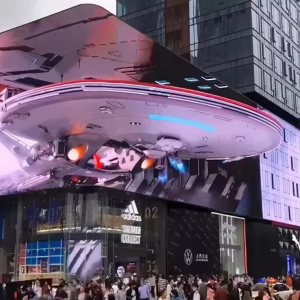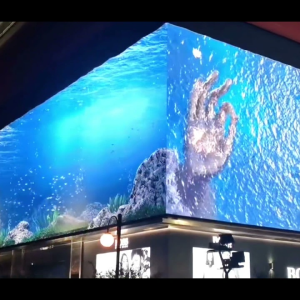In recent years, glasses-free 3D has become a hot word, and wherever it appears, it will quickly become a hot topic on the Internet and a check-in point for Internet celebrities. With its three-dimensional and realistic picture display effect, it brings people a novel and shocking visual experience. It has not only become the “new favorite” of outdoor advertising, but also a new landmark of the city, releasing huge commercial value. Compared with traditional LED outdoor large screens, the development of naked-eye 3D large screens not only further enhances the image of the city, empowers the local economy, and revitalizes commercial vitality under the new consumption trend, but also enhances visual shock and interactivity, and can greatly Improve the effect of advertising communication; moreover, it does not need to wear any special glasses, so it is sought after and loved by more and more people.
#Muenled
#Nakedeye3DLEDDisplay
All posts tagged: Naked-eye 3D LED Display
The hardest part of starting up is starting out

